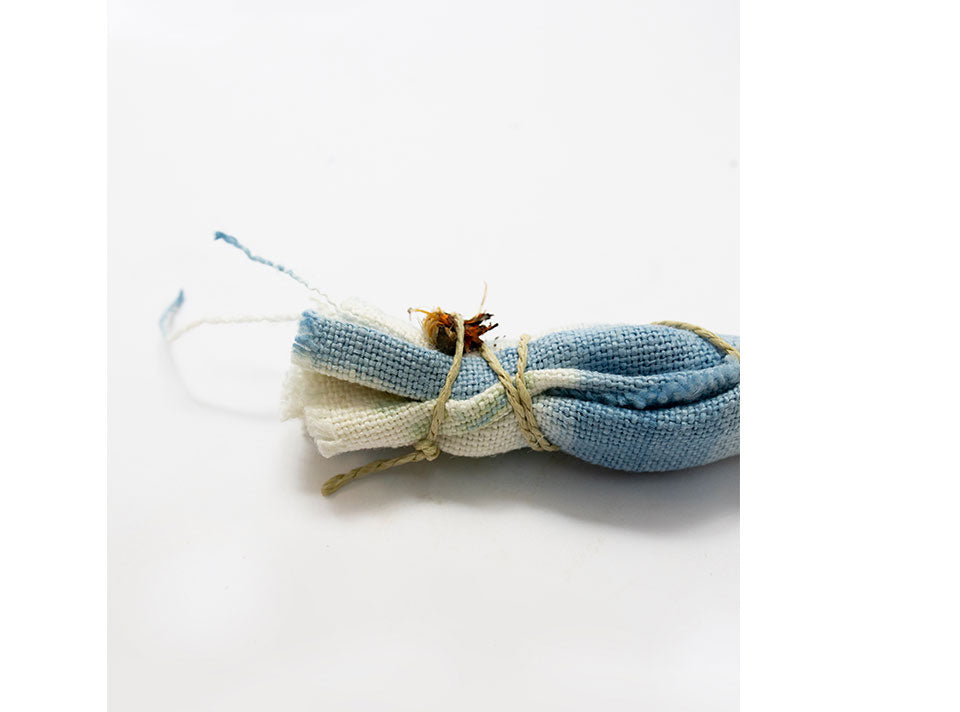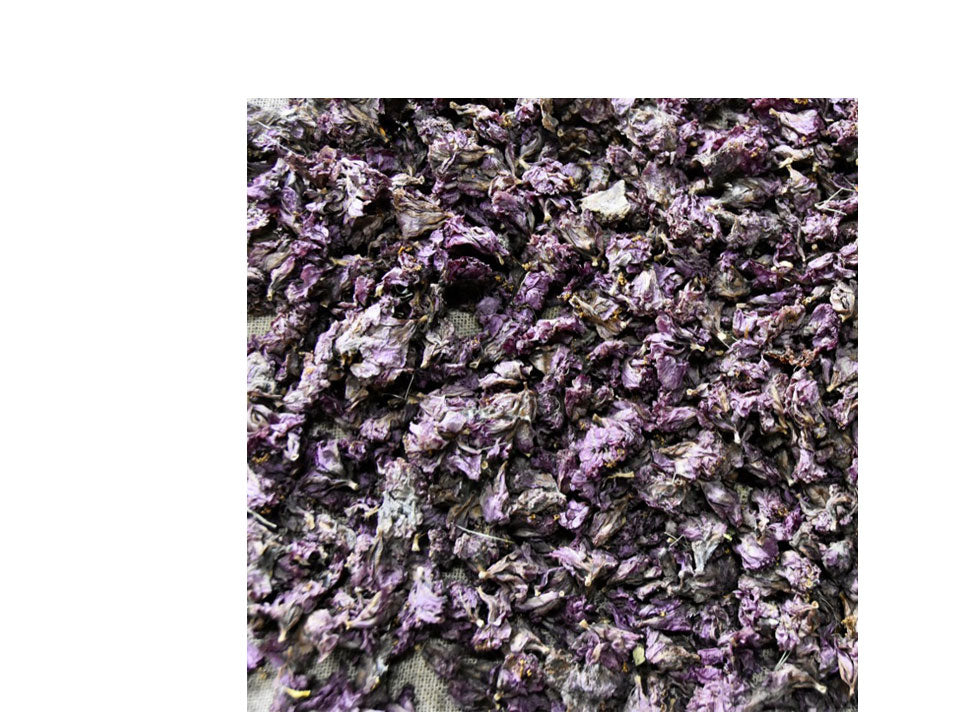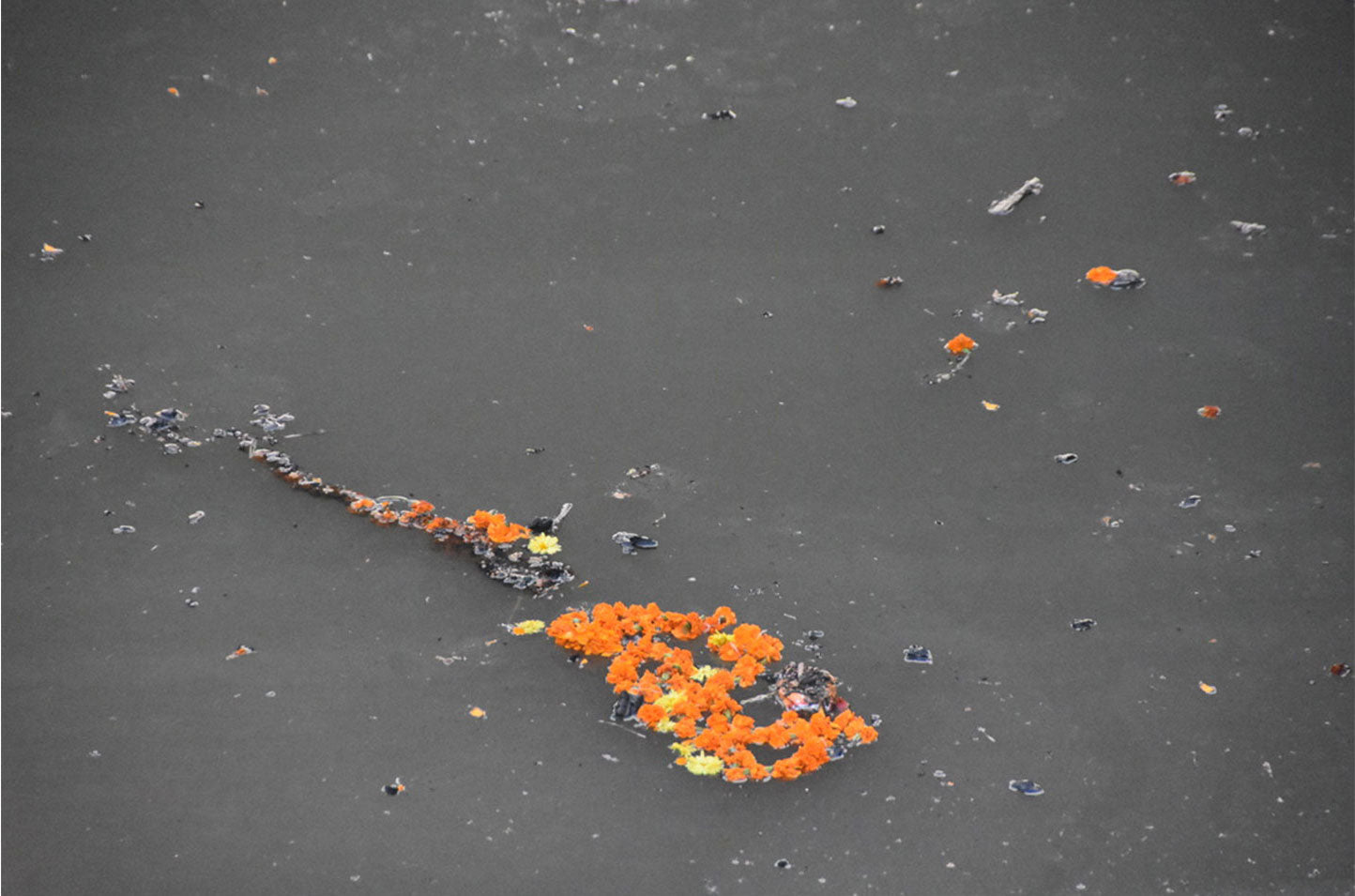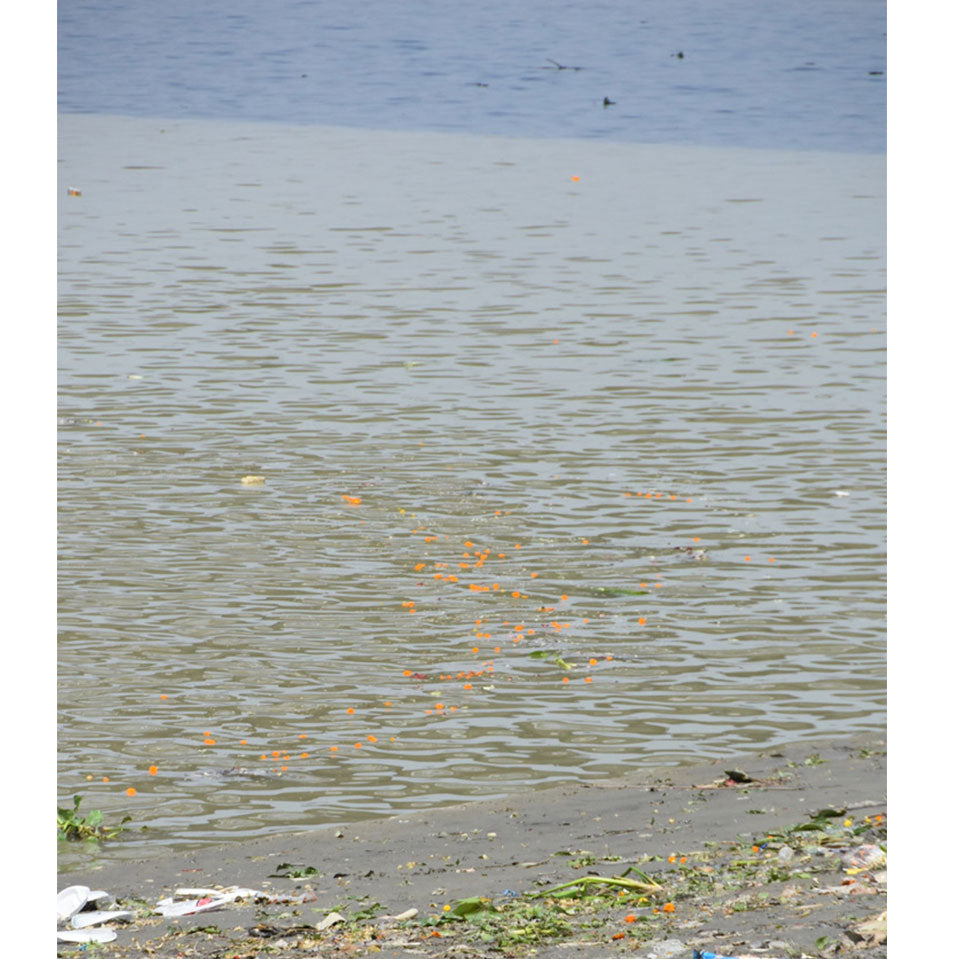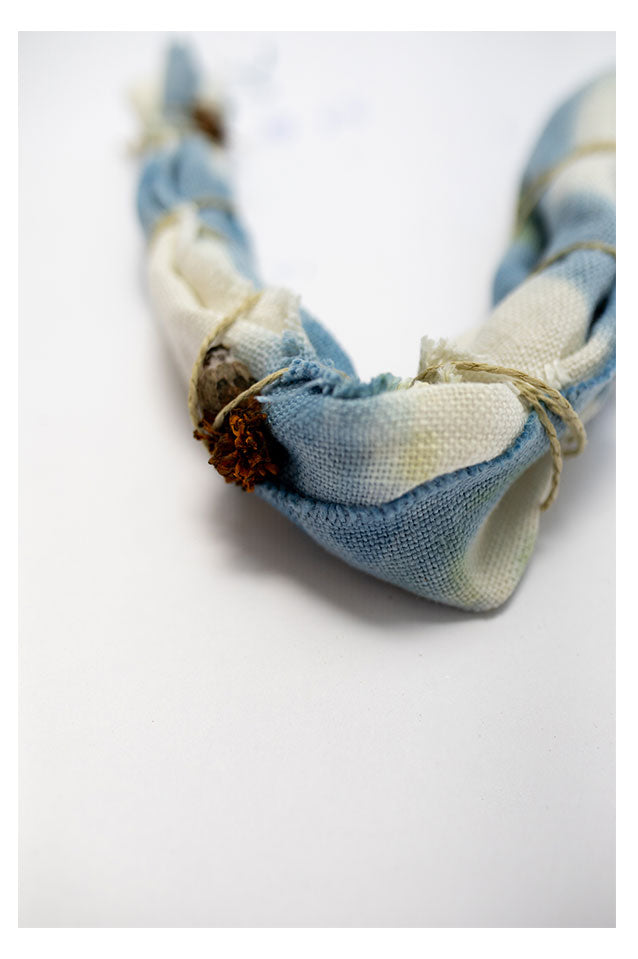TEMPLE FLOWER PROJECT
In India, the flowers offered for the prayers in the temples are blessed by the gods and the goddesses... then pollute the rivers. These offerings are considered holy and therefore are not normally discarded in the garbage but rather in the sacred waterways in the hope of pleasing the gods by releasing into the sacred waters. The Ganges, or 'Ganga' in Hindi, is one such river, in fact one of the largest rivers in India, sustaining over 400 million people who depend on it for their water. food for their agriculture. In a country of incredible religious diversity, only the Gods know exactly how many temples there are (did you know that Sufi Muslims in India also use rose petals to honor the tombs of their saints?) but the amount of floral waste dumped every day in the sacred waters of India is around 7600 kg!
When designing products for Nimboo, we only used natural dyes such as those extracted from temple flower offerings. In Mumbai, our partner has figured out how to extract and use natural dyes from flowers such as rose, marigold and hibiscus, as well as we se coco, to create an exceptional quality of natural dyes. Temple flowers complete their sacred pilgrimage in your home and on your table thanks to Nimboo. Our research with traditional communities in India has led us to discover other sources of natural dyes. Madder roots from the coffee family introduce the fiery reds into the mix, while pomegranate molasses imparts a tawny yellow pigment and when mixed with indigo it imparts a soothing green.
Modern alchemy, combined with our love for harvesting color, brings us to the heart of nature, where we can create from what has been discarded or discarded. In the true spirit of Nimboo, the materials left in the dye bath from this process are then used as manure, until they disappear into the earth, where they came from.

